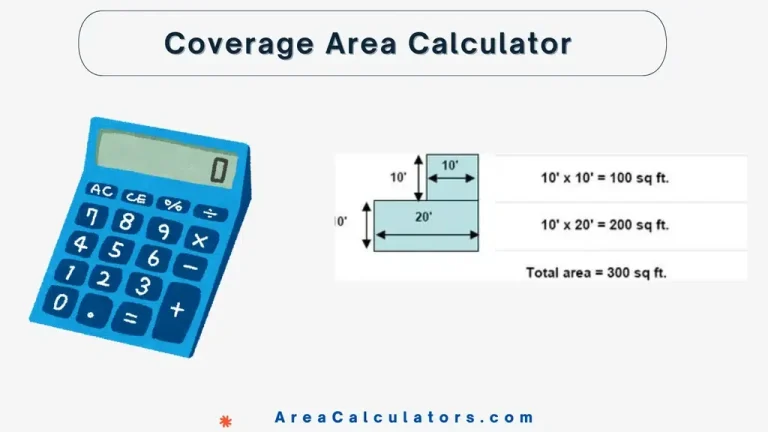Buffet Tip Calculator
To find the tip amount at a buffet, multiply the bill amount by the chosen tip percentage. For instance, if your bill is $50 and you choose a 15% tip, multiply $50 by 0.15 to get the tip.
To find the tip amount at a buffet, multiply the bill amount by the chosen tip percentage. For instance, if your bill is $50 and you choose a 15% tip, multiply $50 by 0.15 to get the tip.
T = B × r
| Variable | Description |
|---|---|
| B | Total bill amount |
| r | Tip percentage (in decimal form) |
Example 1:
| Description | Value |
|---|---|
| Bill Amount (B) | $50 |
| Tip Percentage (r) | 0.15 |
| Tip (T) | $50 × 0.15 = $7.50 |
Answer: For a $50 bill, a 15% tip at the buffet would be $7.50.
Example 2:
| Description | Value |
|---|---|
| Bill Amount (B) | $80 |
| Tip Percentage (r) | 0.20 |
| Tip (T) | $80 × 0.20 = $16.00 |
Answer: For an $80 bill, a 20% tip at the buffet would be $16.00.
A buffet tip calculator is a prime tool for the foody and the people who serve them. It helps you determine how much to tip based on your meal cost at a buffet-style restaurant. At buffets, tipping can vary, but it’s customary to leave 10% to 15% for the server who assists with drinks, plates, and overall service. If you spend around $50, tipping between $5 and $7.50 is considered a good range. Remember, tipping shows appreciation for service, even in buffet setups.
When calculating your tip, simply multiply the meal cost by the percentage you wish to tip. For instance, for a $30 meal with a 15% tip, you would multiply 30 by 0.15, resulting in a $4.50 tip. Keep in mind that at some all-inclusive buffets, tips might already be included or encouraged at a lower rate.
In conclusion, using a tip calculator simplifies the process of calculating tips accurately based on your meal cost. Whether dining at a casual buffet or a formal restaurant, tipping is an essential part of dining etiquette, and showing gratitude for good service is always appreciated.

To determine the markdown price, subtract the markdown percentage from the original price or use a markdown calculator to find quick results. The Markdown Calculator assists you in instantly calculating the new price after applying a markdown percentage. Whether for retail pricing, promotions, or understanding sale discounts, this tool simplifies the process by instantly showing…

The Coverage Area Calculator is a useful tool in city planning and construction, helping to figure out how much of the land is taken up by buildings. The Coverage Area Calculator helps you determine the total area covered by buildings, land, or other objects. Input the dimensions of the area, whether regular or irregular, to…
Multiply your income-to-rent ratio by your credit score percentage to estimate your Safe Rent Score. The Safe Rent Score Calculator is a tool that helps tenants and landlords evaluate the financial reliability of renters. It uses factors such as income, rent amount, and credit score to provide a comprehensive score. A higher Safe Rent Score…
To convert cubic meters per hour (m³/h) to gallons per minute (GPM), multiply the flow rate in m³/h by 4.40. The m³/h to GPM Calculator converts volumetric flow rates from cubic meters per hour to gallons per minute. It is a common unit used in fluid dynamics and engineering. This tool is especially useful for…

The Bracket Equation Calculator uses a formula to perform operations involving addition and subtraction within brackets. This method is based on the standard rules for working with expressions involving brackets in mathematics. Everyone knows that in mathematics, brackets play a vital role in defining the order of operations. The Bracket Equation Calculator simplifies and evaluates…

To calculate the commission split, multiply the total commission by the assigned split percentage. This will give you the portion of the commission that goes to each party based on their agreed percentage. A commission split calculator helps determine how much each party earns from a commission split, commonly used in real estate and sales…